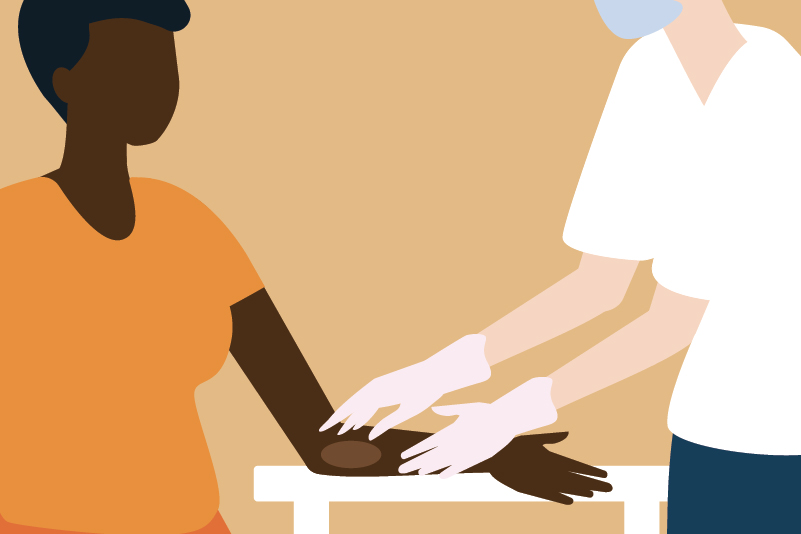#134 Getting patients to drink less—Are words mightier than drink?
CLINICAL QUESTION
Is brief intervention (BI) in primary care effective in reducing alcohol consumption in adults with excessive alcohol intake?
BOTTOM LINE
Brief intervention reduces drinking to lower risk levels over 12 months for one in 10 adults with excessive alcohol intake. There is no evidence of corresponding improvement in alcohol related morbidity and mortality. This could take up to ~40 hours per year for the average-sized practice.

Reading Tools for Practice Article can earn you MainPro+ Credits
Join NowAlready a CFPCLearn Member? Log in
EVIDENCE
Two systematic reviews [231 and 222 randomized controlled trials (RCTs)] BI in adults (versus control): Decreased alcohol by 2.7-3.6 drinks per week over 12 months.1,2
- Number Needed to Treat (NNT)=10 to obtain drinking within recommended limits.1
- No difference: Mortality (four RCTs), quality of life (three RCTs).1
- Insufficient evidence: Effect on accidents, injuries, liver.1
- Conflicting evidence: Healthcare utilization.1
- Additional time needed to perform perhaps main barrier (range five to 120 minutes/person).1
- Subgroup analysis: Brief (10-15 minutes) multi-contact intervention most effective.1
- No significant benefit with longer interventions or women.2
- Limitations: Majority excluded those with alcohol use disorders1 and trials heterogeneous (e.g. populations, screening instruments, interventions).2
- No significant difference between three different intensity interventions (e.g. feedback and information leaflet, five minutes of counseling or 20 minutes).3
- J-curve association with alcohol intake and mortality. Mortality risk increases at ~3 drinks/day in women and four drinks/day in men.4
- Approximately 15% of Canadian adults engage in problem drinking (alcohol consumption in excess of low risk drinking guidelines).5
- Though BI is based on motivational interviewing, the optimal type or length of BI is not clear.
- Estimated time required is 15 minutes per patient x 15% average patient panel (1,000)=38 hours per year.1,5 This could be performed by a multidisciplinary team member.6
- Patients diagnosed with an alcohol use disorder are unlikely to benefit from BI alone and require more intensive supports.7
- While there are many, one example of BI can be found at http://www.sbir-diba.ca.
Latest Tools for Practice
#364 Faire face aux données sur l’acné, 2e partie : antibiotiques oraux
À quel point les antibiotiques oraux sont-ils efficaces pour le traitement de l’acné d’une gravité au moins légère à modérée?
#363 Mettre fin à l’indifférence? Médicaments pour le traitement de l’apathie dans la démence
Chez les patients atteints de démence, dans quelle mesure les stimulants, les antidépresseurs et les antipsychotiques sont-ils sûrs et efficaces pour le traitement de l’apathie?
#362 Faire face aux données sur l’acné, 1re partie : Les contraceptifs oraux et la spironolactone chez les femmes
À quel point les contraceptifs oraux combinés (COC) et la spironolactone sont-ils efficaces pour le traitement de l’acné d’une gravité au moins légère à modérée chez les femmes?






